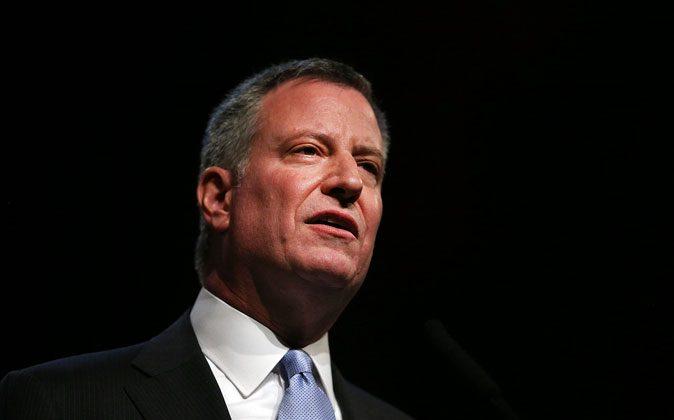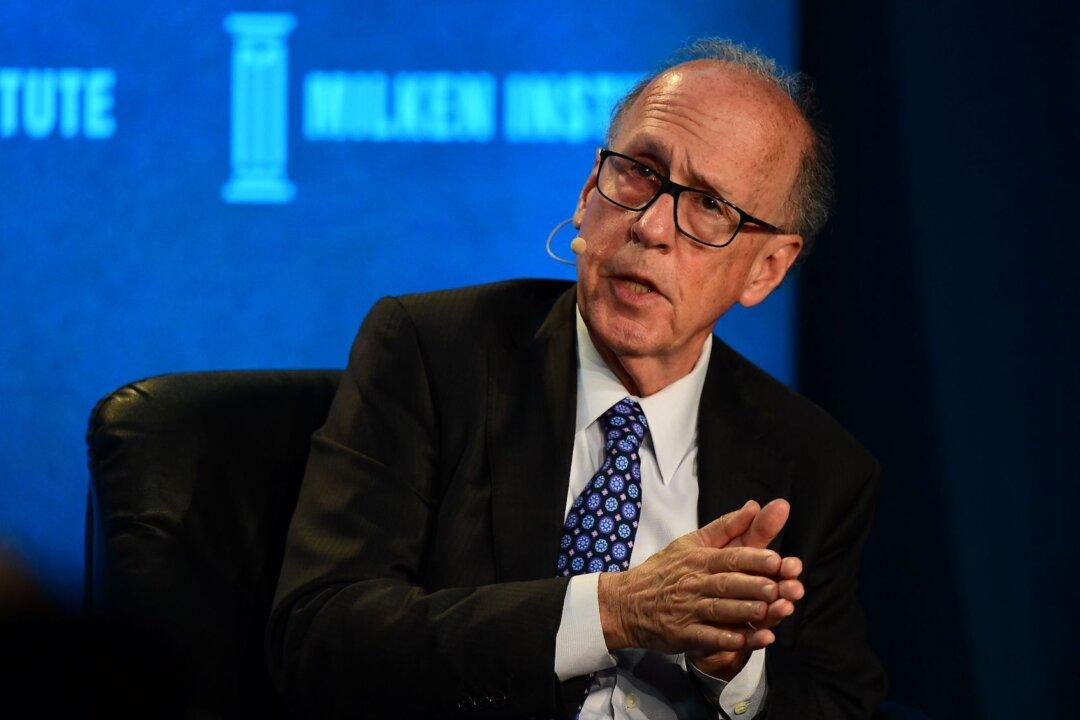NEW YORK—On Mayor Bill de Blasio’s 100th day in office, environmental advocates and city council members took the opportunity to push for sustainability and climate resiliency investment. They urged the administration to prioritize these issues in the next 100 days.
“Over the next hundred days, mayor de Blasio has an opportunity to redefine and reinvigorate the sustainability movement in New York City,” said Marcia Bystryn, president of the New York League of Conservation Voters.
The coalition of advocates and city council members pointed out that climate change makes issues of sustainability and resiliency ever more interconnected, and tackling one is not enough. The city not only has to be more prepared for future natural disasters, but it has to contribute to a greener and more stable environment in the long run.
In the coming three months, the mayor will indeed be faced with various opportunities to integrate sustainability and resiliency planning into his agenda. Taking important dates as milestones, the coalition offered a three point action plan for the administration. Each point in the action plan corresponds to an important date in the next 100 days.
The first action item is to build affordably and sustainably. On May 1st, de Blasio will announce the details of his plan to create and maintain 200,000 affordable housing units over the next 10 years. The coalition recommends that this plan should integrate strategies for sustainability and resiliency, such as prioritizing transit-oriented development and integrating parks.
“Transit oriented development actually helps reduce green house gas emissions by replacing automobile trips with walking, biking, and transit trips. Households that are located near transit can reduce their greenhouse gas emissions anywhere between 43 percent to 78 percent,” said Veronica Vanterpool, executive director of the Tristate Transportation Campaign.
The second action item is to lay out a resiliency plan. June 1st marks the beginning of the next hurricane season. The coalition recommends that the mayor issue a comprehensive and concrete plan to prepare for the next big storm before then.
“Before October 2012, the Building Congress had identified a robust infrastructure investment is critical to the city’s future. After [Superstorm Sandy], that imperative becomes even stronger,” said Andrew Hollweck, vice president of the New York Building Congress.
The final action item is to invest in the city’s aging infrastructure. On June 30th, the city budget is finalized. The administration should maintain capital investments to ensure roads, bridges, schools, parks, and environmental facilities are in a good state of repair.
“Communities such as Southeast Queens that are underwater when it rains, need to see a tangible commitment from this administration on investments,” said Councilman Donovan Richards. “With a proposed 70 billion dollar budget must come a real investment in our future.”
To further this initiative, council members say that they will be holding hearings on sustainability and resiliency issues in the coming months.
Yi Yang is a special correspondent in New York.




